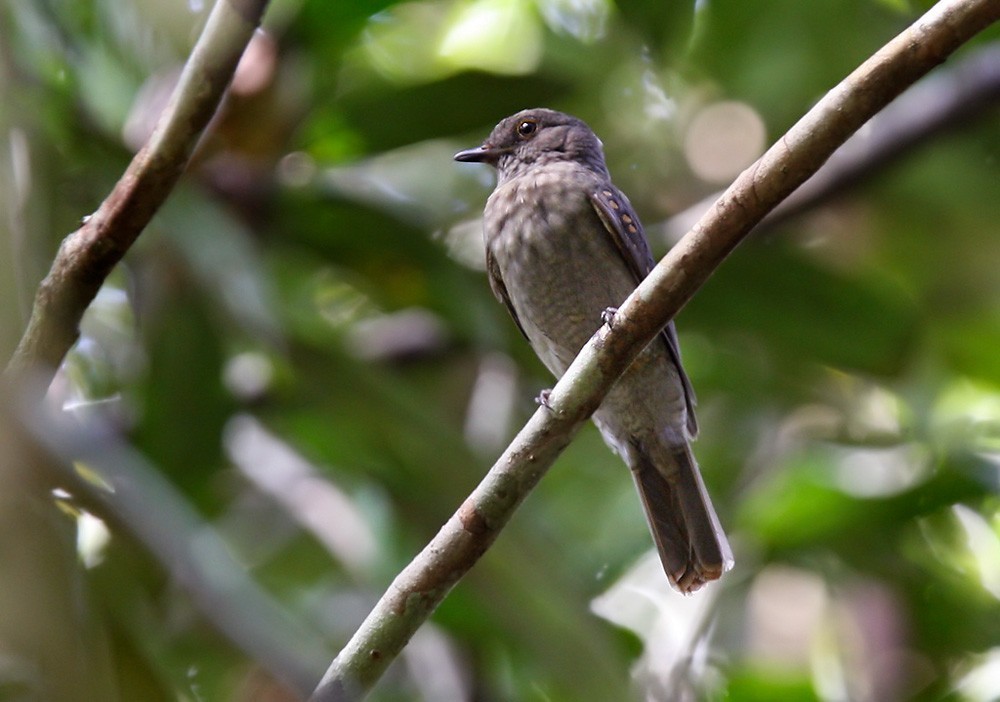Cinereous Mourner
A species of Speckled and Cinereous Mourners Scientific name : Laniocera hypopyrra Genus : Speckled and Cinereous Mourners
Cinereous Mourner, A species of Speckled and Cinereous Mourners
Botanical name: Laniocera hypopyrra
Genus: Speckled and Cinereous Mourners
Content
Description General Info
 Photo By Lars Petersson
Photo By Lars Petersson Description
The cinereous mourner (Laniocera hypopyrra) is a species of bird in the family Tityridae. The term cinereous describes its colouration. It has traditionally been placed in the cotinga family, but evidence strongly suggest it is better placed in Tityridae, where now placed by SACC. It is found in Bolivia, Brazil, Colombia, Ecuador, French Guiana, Guyana, Peru, Suriname, and Venezuela. Its natural habitat is subtropical or tropical moist lowland forests. French naturalist Louis Jean Pierre Vieillot described the species in 1817. Nestlings of this species are orange with long filoplumes that end in white tips and have a resemblance to hairy caterpillars of a moth belonging to the family Megalopygidae. The young birds move their heads slowly from side to side which are thought to enhance the impression by resembling a moving caterpillar. It is thought that this may be the first case of Batesian mimicry involving a harmless bird mimic and a toxic insect model, although another species, the elegant mourner (or shrike-like cotinga) (Laniisoma elegans), also has young that share a similar downy appearance; however, detailed observations of the latter are unavailable. 
Size
21 cm
Nest Placement
Tree
Feeding Habits
Cinereous Mourner primarily consumes arthropods and fruits. It exhibits foraging behaviors typically seen in dense forest habitats. Unique dietary adaptations or preferences of cinereous Mourner have not been specifically documented.
Habitat
The cinereous Mourner predominantly resides in a variety of humid forest environments, including the dense, unflooded terra firme forests, igapó flooded woodlands often on slopes or adjacent to ravines, and humid forests on sandy soil. This species can also be found in larger savanna woodlands and the forested sand ridges found along coastal areas. These habitats are generally at elevations up to 900 meters.
Dite type
Frugivorous
General Info
Feeding Habits
Bird food type

Fruit

 Photo By Lars Petersson
Photo By Lars Petersson